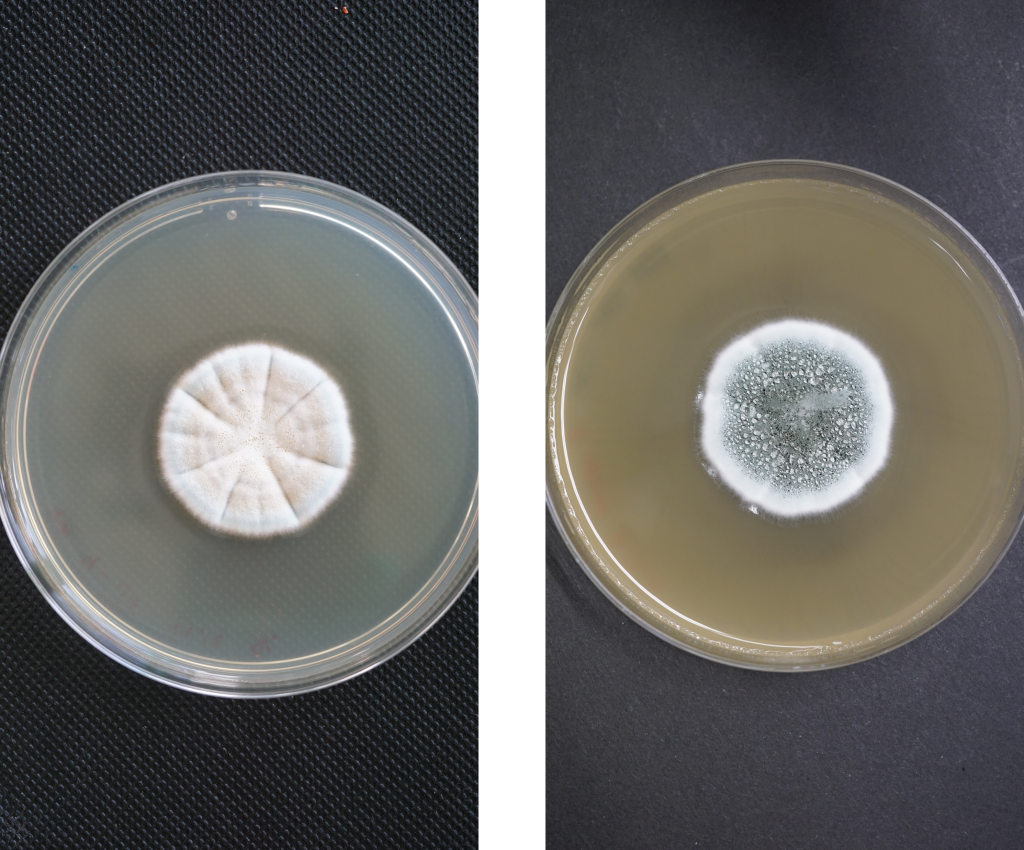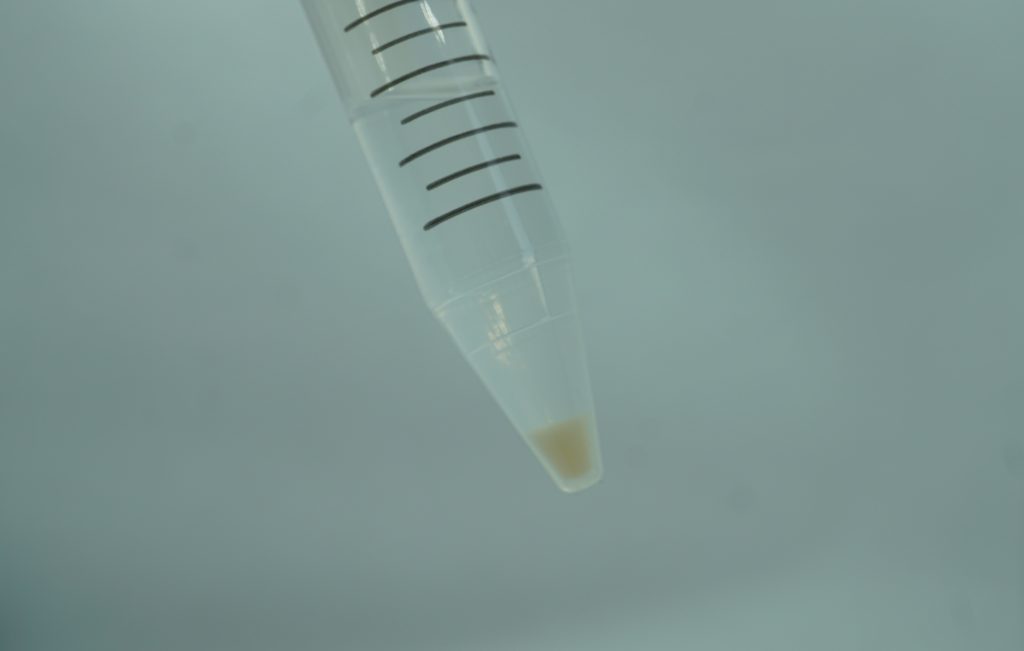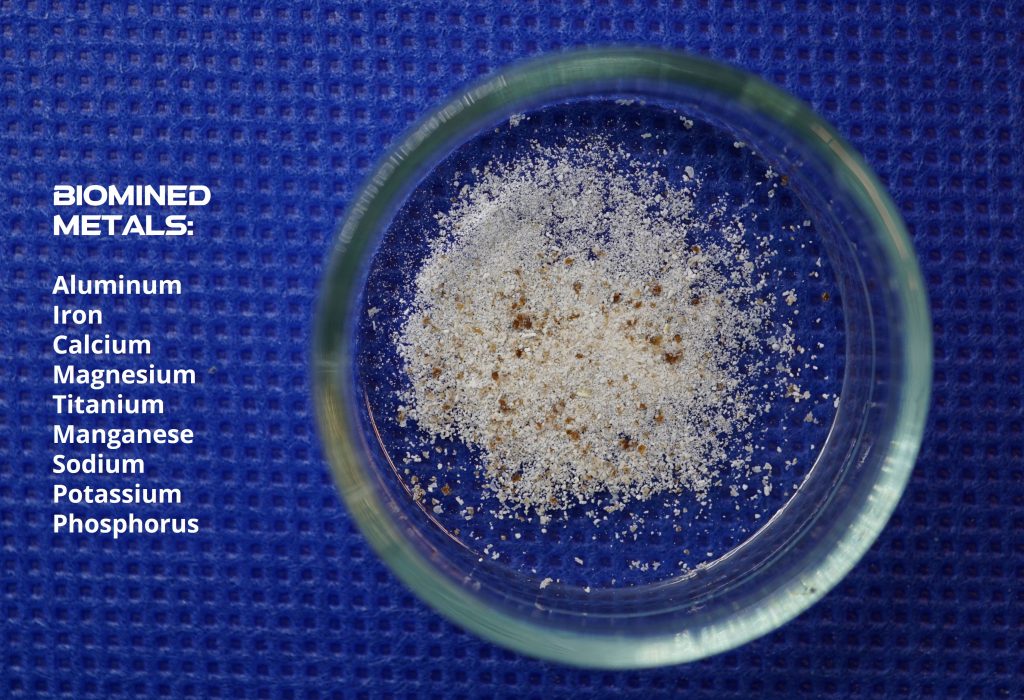Finding sustainable ways to source the resources required for lunar exploration is a key topic for ESA’s Spaceship EAC initiative, which brings together students and young professionals from across Europe to tackle some of biggest challenges facing the future of human and robotic exploration.
“The practice of mining is really old and it’s also really important because it’s our way of sourcing metals that help us shape our society and build pretty much everything,” João explains.
“If we want to establish a lunar colony in the not-so-distant future, we will need metals. But due to the toxicity of products required and the energy it consumes, traditional mining is not ideal for space exploration,” he adds.
Using microorganisms, like fungi, to help break down and extract elements from lunar regolith could overcome many of the negative impacts of traditional mining.

Biomining experiment setup with different control groups (blue: biomining, red (control): normal fungal growth without lunar regolith, green (control): no fungi, white (control): no fungi, but with organic acids). Credit: ESA/DLR
Biomining is not new. It is already being used to extract copper and other minerals on Earth and has been tested aboard the International Space Station through ESA experiments BioRock and BioAsteroid.
However, the filamentous fungi Penicillium simplicissimum that João’s been testing at the DLR Aerospace Microbiology Group is commonly used in the production of vitamins and antibiotics, and so far, his process has extracted promising levels of aluminium, calcium and iron from simulated lunar soil.

Penicillium simplicissimum growing on an agar plate (PDA) after four days. Left: Normal fungi growth without exposure to lunar regolith. Right: Fungi growth on a media supplemented to 60% lunar regolith simulant (EAC-1A). Credit: ESA/DLR
“Using this particular biotechnological approach, we should be capable of extracting all the metals that are on the lunar regolith.” João says.

A precipitate containing the metals during the extraction protocol (post-biomining). Credit: ESA/DLR
That’s good news for lunar explorers as we go forward to the Moon.

Metals extracted through biomining. Credit: ESA/DLR
Find out more about the work under way as part of ESA’s Spaceship EAC initiative as the Agency continues an ambitious programme of human and robotic exploration in low-Earth orbit, to the Moon and even farther into space.



